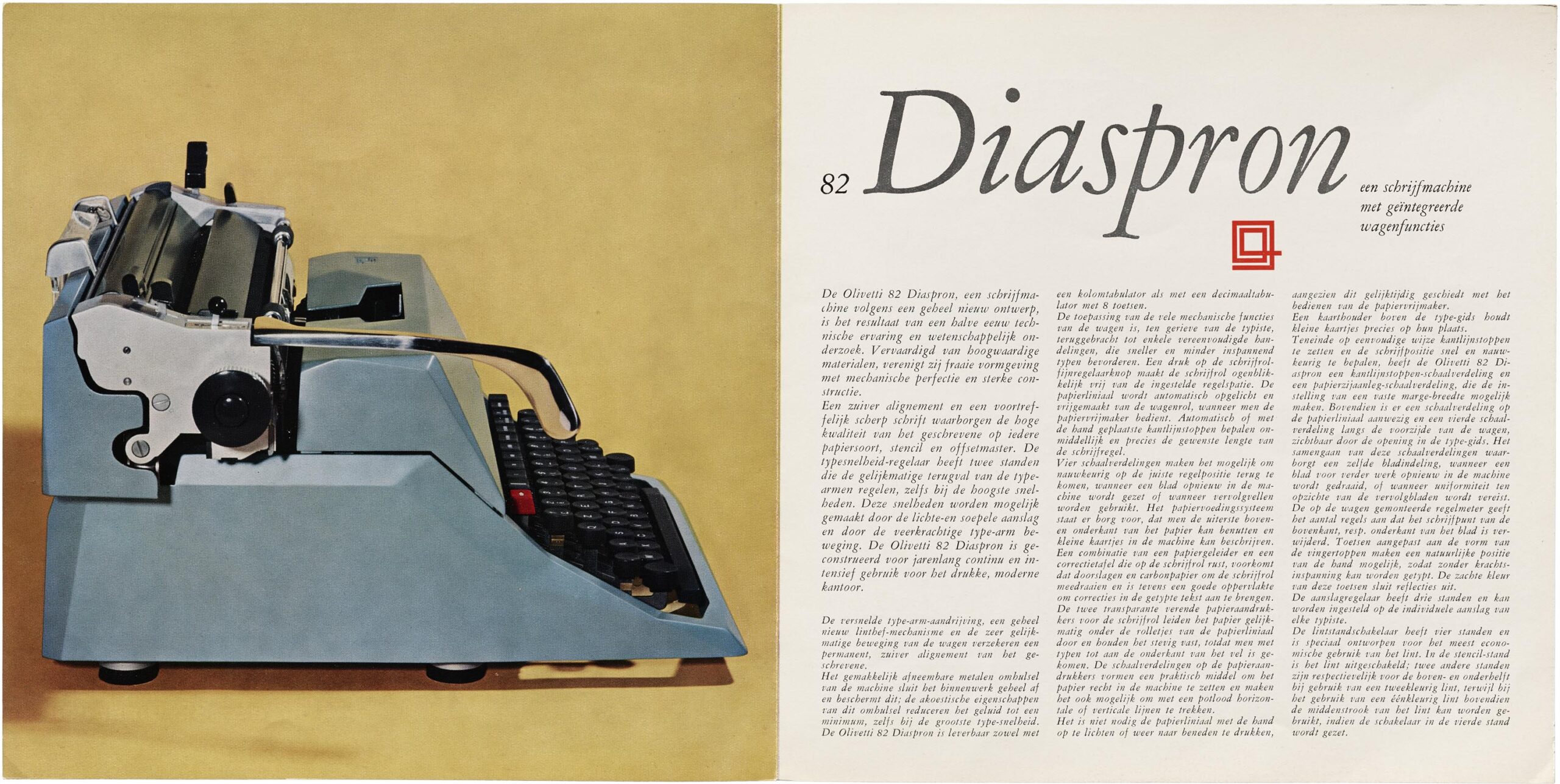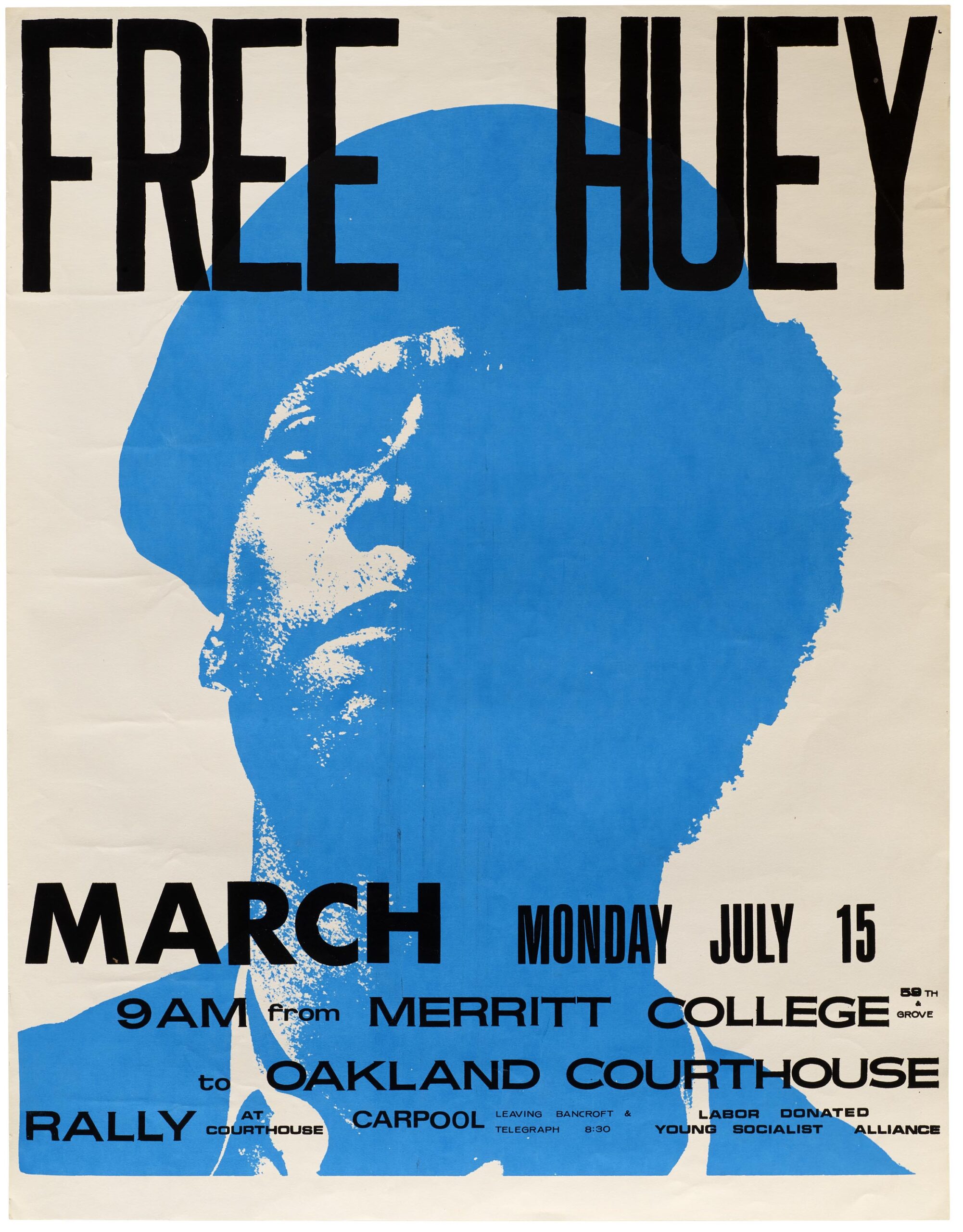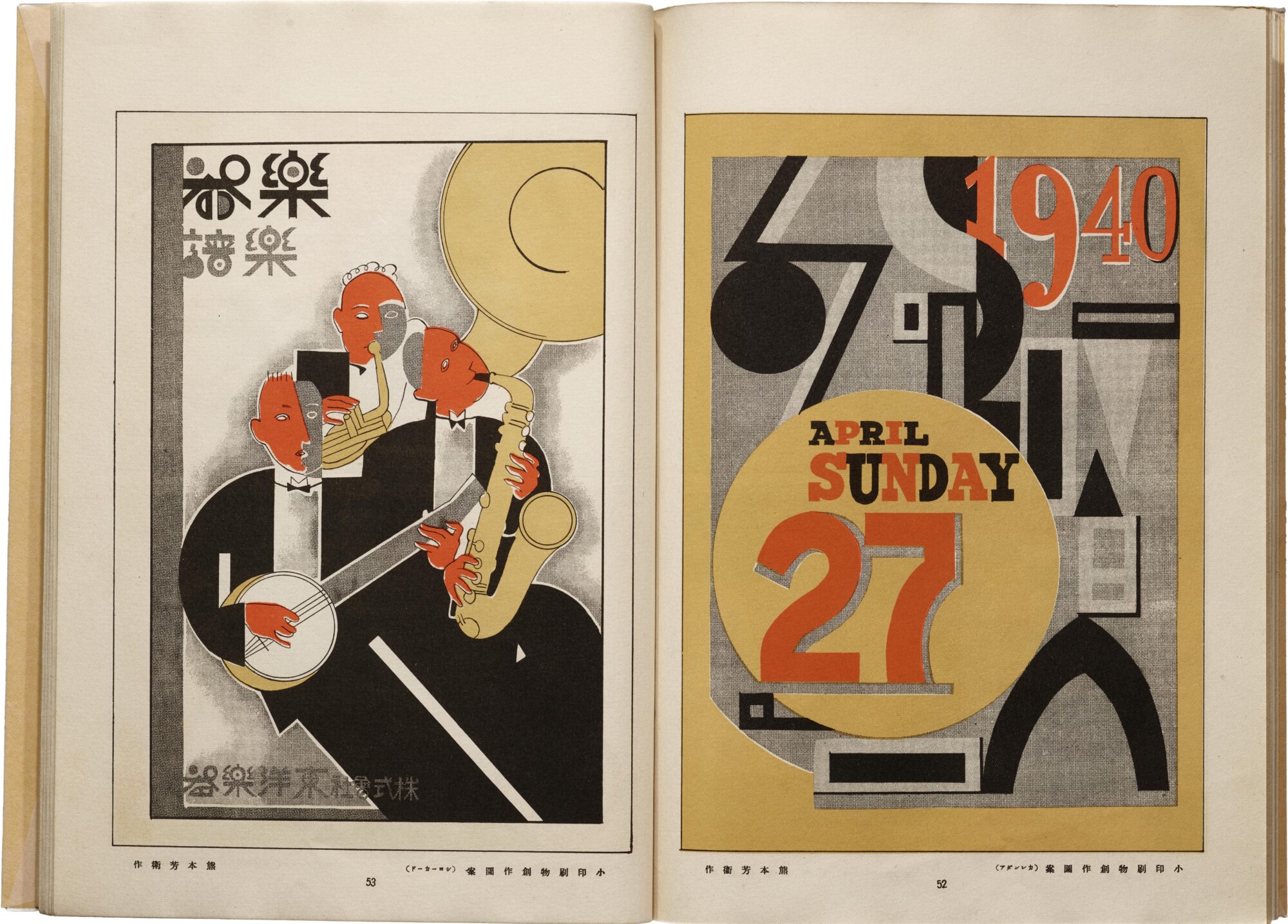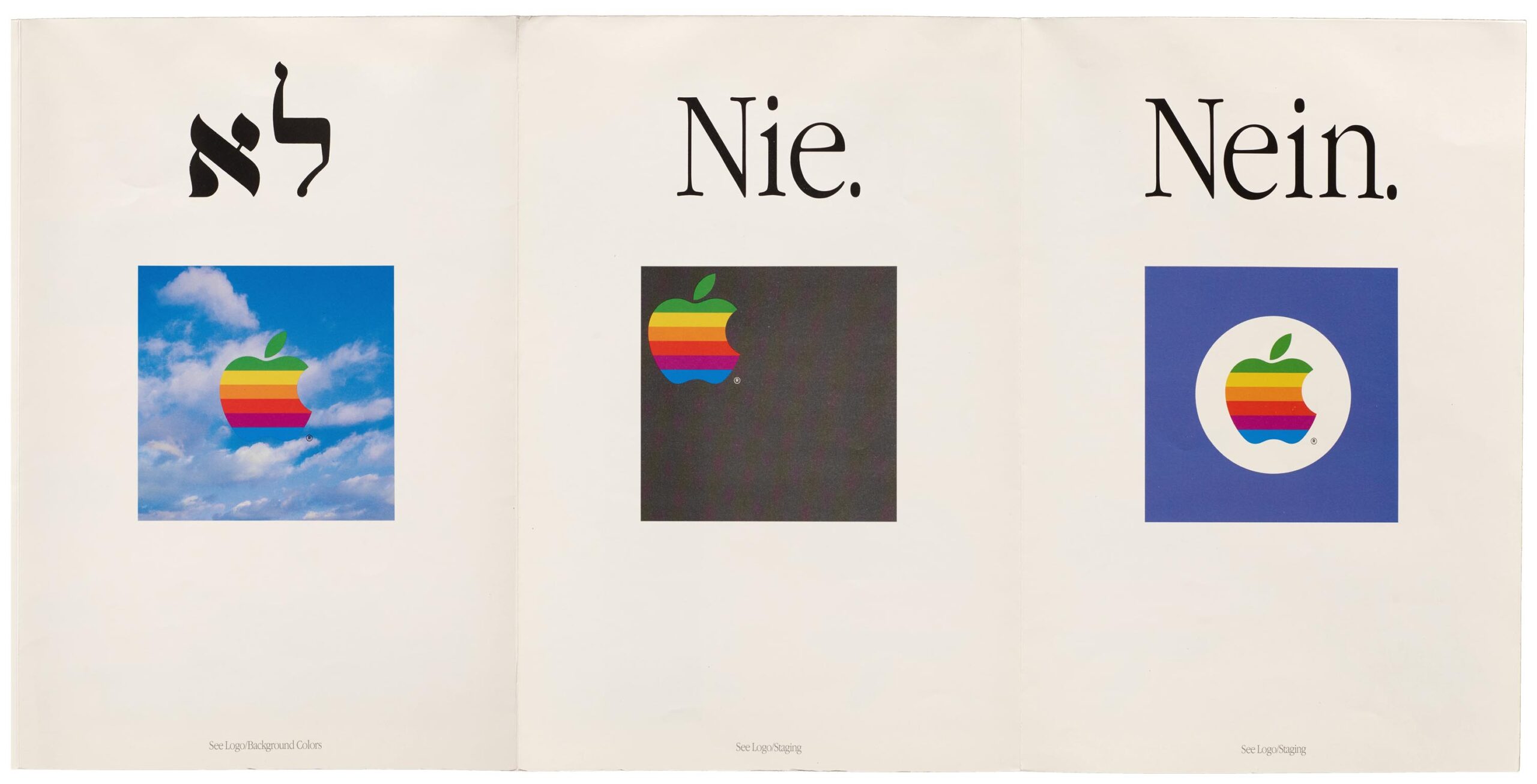Paul McCartney’s “Blackbird” competes with Lennon’s “Julia” as the most tender song on the Beatles’ White Album and maybe in the band’s entire catalogue. Inspired by a Bach piece that McCartney and George Harrison learned to play when they were young, its finger-picked acoustic guitar has the sound of a folk lullaby. But the song’s shifting time signatures and delicate melody make it something of a tricky one: recording sessions at Abbey Road involved a series of 32 takes, most of them false starts and only 11 complete. The version we hear on the album is the final take, finished while Lennon worked on “Revolution 9” in the studio next door.
You can see 1:33 of that session in the footage above, captured on 16mm by a film crew from Apple Records directed by Tony Bramwell, part of a 10-minute promo that also included footage of McCartney recording “Helter Skelter” and “various other scenes from inside the studio, in the Apple Boutique, Apple Tailoring, McCartney’s garden and other locations,” the Beatles Bible notes. It’s an ephemeral document of time passing peaceably during the grueling 5‑month White Album sessions, which for all their legendary tension and rancor, included many moments like these.
The three-day ordeal that was the recording of “Ob-La-Di, Ob-La-Da” (after which engineer Geoff Emerick quit) provides stark contrast, and maybe confirmation that the Beatles were at their best when they worked separately in 1968. The brief film above also confirms a more technical recording concern: the ticking we hear in the studio track is not a metronome, but Paul’s feet alternately tapping on the wood studio floor to measure out the bars of the complex song, which shifts between 3/4, 4/4, and 2/4 time. “Part of its structure is a particular harmonic thing between the melody and the bass line which intrigued me,” he remembered, and we see him striving to get it right.
After the Beatles, McCartney made “Blackbird” a regular part of his set, playing it at nearly every concert from 1975 on. It wasn’t only the beauty of the song that has moved him all these years, but its inspiration, the Civil Rights movement, which “all of us cared passionately about,” he said. “Blackbird” is “symbolic, so you could apply it to your particular problem,” but the song’s intended message, he said, was “from me to a black woman, experiencing these problems in the States: ‘Let me encourage you to keep trying, to keep your faith, there is hope.’”
Below you can watch McCartney talk about the story behind “Blackbird” in a 2005 production called Chaos & Creation at Abbey Road.
via Boing Boing
Related Content:
When the Beatles Refused to Play Before Segregated Audiences on Their First U.S. Tour (1964)
How “Strawberry Fields Forever” Contains “the Craziest Edit” in Beatles History
Hear the Beautiful Isolated Vocal Harmonies from the Beatles’ “Something”
Josh Jones is a writer and musician based in Durham, NC. Follow him at @jdmagness








